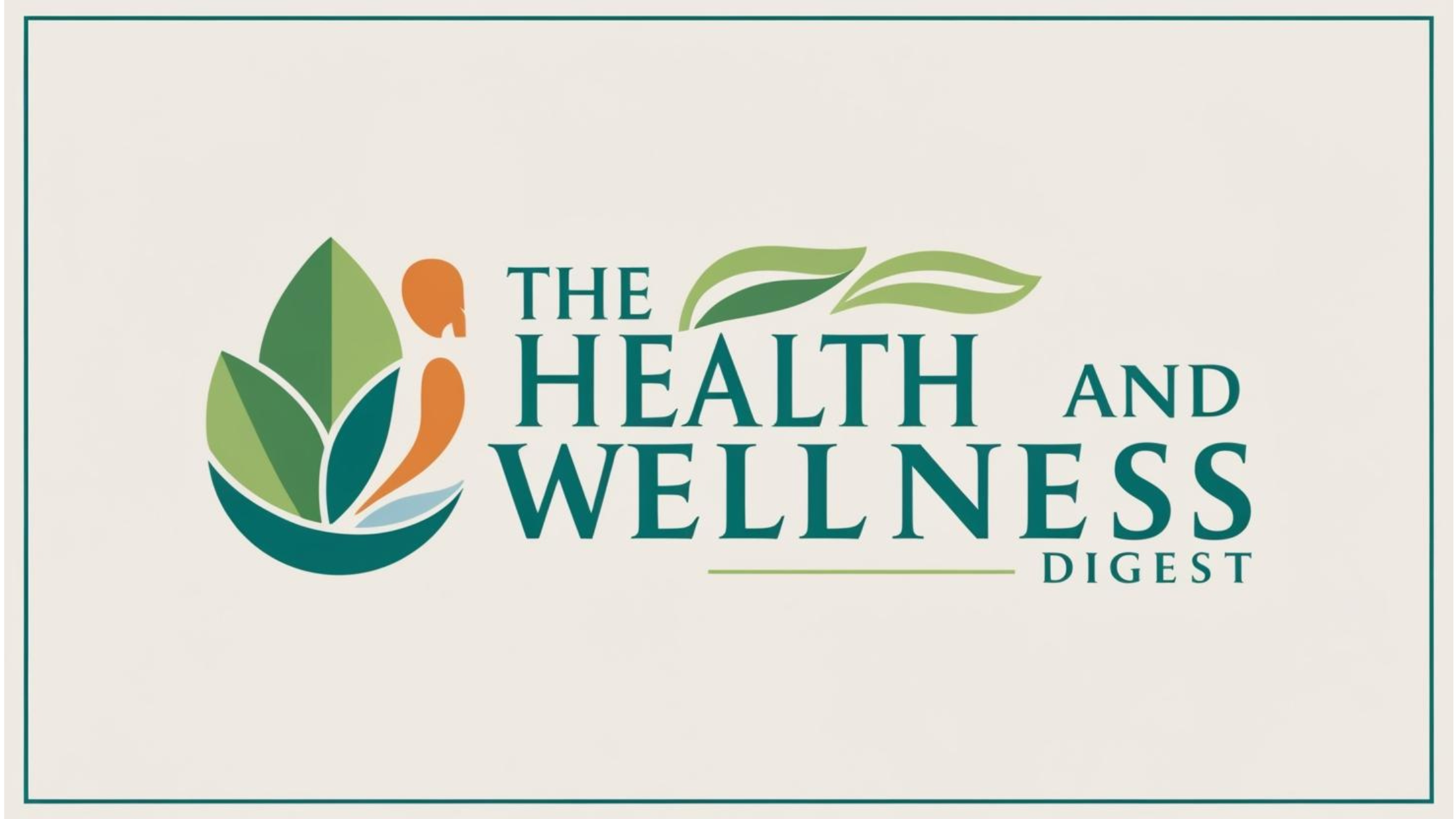
Understanding the Acne Epidemic Among Adults
Acne isn't just a teenage issue; surprisingly, it affects a significant number of adults as well. A considerable study published in the Journal of the American Academy of Dermatology reveals that 54% of women and 40% of men over the age of 25 experience acne, leading to growing concerns among dermatologists. Dr. Valori Treloar, a dermatologist with over 18 years of experience, has noted a notable increase in adult acne cases.
The root causes for this trend remain a mystery, with pollution, stress, and various medications pointed out as potential contributors. However, recent research suggests that our diets play a critical role—specifically the Western diet, which is often high in processed foods and sugars. This connection offers fresh insights into managing acne effectively.
The Food-Acne Connection: What We Now Know
For decades, many believed that the notion of food impacting acne was simply a myth. Yet, recent studies contradict this narrative, focusing particularly on high-glycemic-index (GI) foods. These foods, such as white bread, sodas, and sugary snacks, lead to rapid spikes in blood sugar and insulin levels, which have been linked to increased oil production in the skin. As the pancreas works overtime to regulate sugar levels, the overproduction of insulin signals sebaceous glands to secrete more sebum, which can clog pores and lead to breakouts.
A study conducted in Australia found that participants on a low-GI diet saw a significant reduction in acne levels within just 12 weeks. This highlights just how instrumental a change in diet can be in managing skin health.
The Importance of Nutrients: What Are We Missing?
An alarming part of this equation is the lack of essential nutrients in the typical American diet. For instance, around 97% of grain intake in the U.S. comes from processed sources rather than whole grains, depriving individuals of crucial fiber and vitamins necessary for skin health. Most adults also fail to consume the recommended seven to nine servings of fruits and vegetables daily, leading to insufficient levels of antioxidants and vitamins that help combat acne.
Furthermore, an imbalance in dietary fats—particularly a high intake of omega-6 fatty acids while missing out on omega-3s—may drive inflammation, further aggravating skin conditions. To mitigate this, a diet rich in whole foods, fruits, vegetables, and healthy fats must be prioritized.
Incorporating Low-Glycemic Foods: A Practical Guide
Interestingly, certain foods can stabilize blood sugar levels and may counteract acne. Following the insights from a New Beauty article, consider adding these eight low-GI foods to your meals:
- Quinoa: A versatile grain that helps regulate blood sugar and provides protein and fiber.
- Sweet Potatoes: Low-GI starchy vegetables that offer skin-supporting nutrients.
- Dark Leafy Greens: Rich in antioxidants and zinc, they help reduce inflammation.
- Lentils: A great source of plant-based protein that stabilizes blood sugar.
- Steel-Cut Oats: Better than processed cereals for maintaining steady glucose levels.
- Salmon: Packed with omega-3s that are vital for reducing inflammation.
- Chia Seeds: A nutrient-dense addition that won’t drive blood sugar spikes.
- Greek Yogurt: Supports gut health while being low in sugar.
Incorporating these foods can help manage blood sugar levels effectively and promote clearer skin over time. Ensure to replace high-GI items in your meals with these healthier alternatives.
Mindful Eating: Timing Matters
It's not just about what you consume but also how and when you eat. Studies show that irregular meal patterns can worsen acne due to human dynamics of blood sugar and insulin spikes. Setting a regular eating schedule can mitigate these fluctuations, ensuring a smoother rollercoaster ride for your blood sugar and perhaps reducing acne outbreaks.
By spacing meals every 4 to 5 hours and integrating low-GI foods, you may enhance the beneficial effects of your diet on skin health.
Conclusion: A Clear Path to Healthier Skin
By acknowledging the connection between diet and acne, particularly the role of low-glycemic foods, adults suffering from acne could find a sustainable method to alleviate their skin issues. Shifting away from a Western diet high in processed foods can pave the way for clearer skin and improved overall well-being. It's essential to remain patient, as visible improvements may take time. However, the benefits of adopting a healthier lifestyle are worth the journey.
For those seeking to explore personalized dietary plans, consult with a healthcare professional, who can tailor recommendations to fit your specific needs and lifestyle. Embrace the power of nutrition; your skin (and overall health) will surely thank you.
 Add Row
Add Row  Add Element
Add Element 



Write A Comment